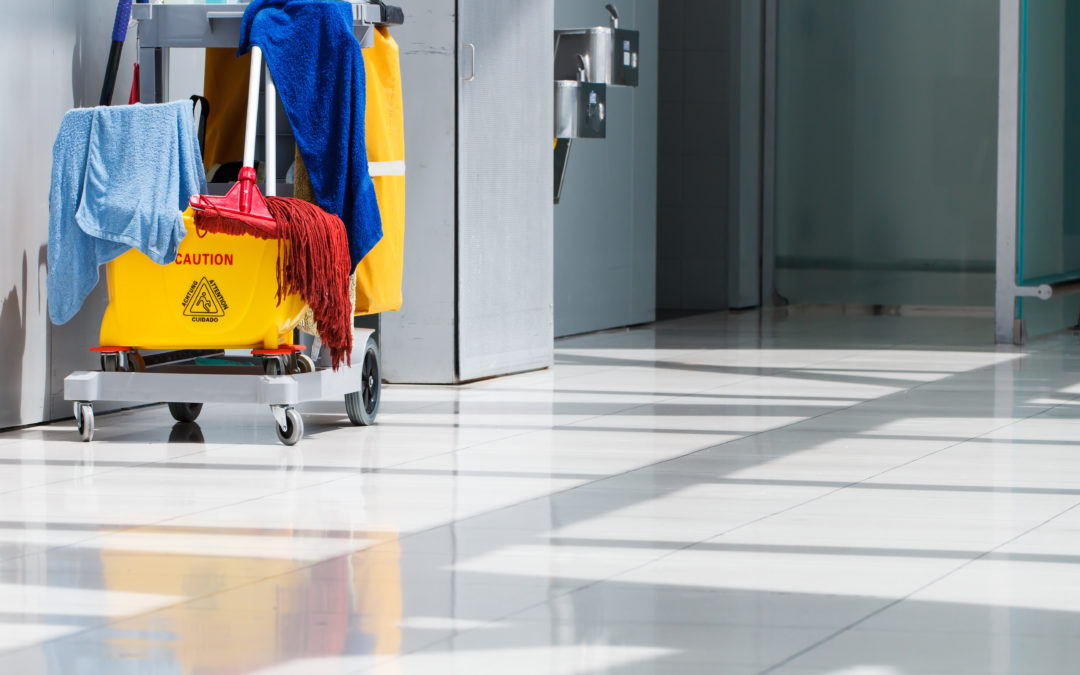If you haven’t looked inside your janitorial closet in a while, now’s the time.
Often utilized but rarely seen, an organized janitor closet is crucial to the cleanliness of a building by allowing janitorial staff to perform their job safely and successfully.
From proper labeling to better storage suggestions, here are five things you might be overlooking in your commercial cleaning facility.
1.Location, Location, Location
When deciding the location of your janitorial closet, take into consideration the distance between your general storage area and the facilities being cleaned. A centrally located closet will not only reduce the time it takes to access facilities but will also reduce the risk of physical harm from attempting to transport cleaning supplies across greater distances.
Select a location that is out of the way of general foot traffic, but still near enough to be convenient for janitorial staff to make multiple efficient trips in a short period.
2. Seal Floors and Walls
While it might seem unnecessary to maintain a commercial cleaning closet for aesthetic purposes, painting the walls and sealing the floors can greatly add to the safety of a storage closet. A fresh coat of paint in a bright color not only refracts light and increases visibility, but also helps seal out mold and other contaminants. To prevent chemicals or spills from being tracked out into the main building, consider protecting the closet floor with a raised rubber overlay.
3. Maximize Wall Space
Janitorial closets are already limited on space, so experiment with organizing items on shelving systems, wall hooks, ceiling hooks, or in rollaway bins. By simply getting objects up off the floor, you will increase storage visibility and lessen the likelihood of tripping over objects scattered at ground level.
Remember to maintain all weight capacities when storing chemicals and ensure materials never come within 18 inches of sprinkler systems or smoke alarms. Devices such as rack shelves are preferable to wooden shelving for purposes of air ventilation, while wall mounts help keep wet items such as mop heads and buffers from becoming molded or damp.
4. Put a Label on It
Per OSHA requirements, you must have the SDS (safety data sheet) on hand for every chemical compound you use. Whether you buy cleaning products from a janitorial supply or a distributor, be sure to have the SDS available and clearly associated with each chemical it represents. Keep proper PPE (personal protective equipment) on hand so janitorial staff can safely and effectively use each individual product as needed.
5. Stay Well Ventilated
Eliminate the possibility of a hazardous or flammable situation by keeping your janitorial closet properly ventilated. Keep all air vents clean and exposed, and store closet contents out of the path of airflow.
If possible, conduct an inspection of the closet no less than once a month. Double-check that heating and cooling systems are operating effectively and remove any debris that could pose a risk to airway operations.
Ready to take your cleaning operations to the next level? The experts at Vanguard Cleaning make it easy to meet and maintain safety requirements. Schedule your FREE on-site evaluation today and see what’s possible.

